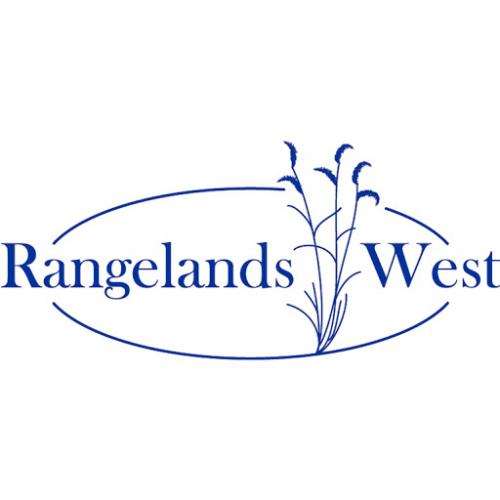Utilization has been an important “tool†in range management since its beginnings. On the surface the concept appears simple, referring to the percentage of current forage removed by grazing animals or the amount of residual vegetation left after grazing. In reality it is complex in concept and in practice, and there has long been controversy over its proper application. There is a large body of information published over the past 75 or more years on methods of measuring utilization and its proper interpretation in rangeland management. In spite of all the research and discussion on the topic, there is still concern in the range profession that utilization measurement and interpretation is often done inappropriately. Scharnecchia (1999) concluded that the utilization concept isfundamentally flawed and should be discarded, although he offered no practical alternative to it. Part of the problem may be that procedures established for employing utilization data to manage livestock grazing have been extended to issues for which they are not appropriate. Another aspect may be that land management agency personnel include a wider array of disciplines than in past years, and some of these people have limited knowledge of the history and literature on utilization.(source introduction)

Articles, citations, reports, websites, and multimedia resources focused on rangeland ecology, management, restoration, and other issues on American rangelands.